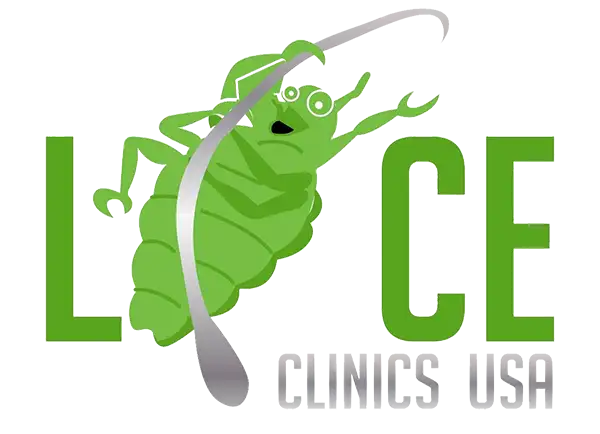While kids are out of school enjoying the much longed for sunshine be aware that spring break is one of the top times for head lice outbreaks. Along with the long summer months, back to school and winter break holidays, spring break is prime time for head lice to find their way onto children interacting with friends, cousins, and siblings. Have you noticed an increase in head lice cases?
Warmer Weather Raises Risk of Head Lice Outbreaks
There are more cases of head lice reported in warmer months. Although head lice do spread in the winter months as well, warmer months tend to show an increase in head lice being spread. This time of year everyone is enjoying the newly green grass and chance to run and play outside. Children especially will be spending more and more time with friends or involved in sports. This means closer contact and higher risk for head lice.
Overnighters and Vacations Can Spread Head Lice
Don’t be too alarmed! We aren’t saying families shouldn’t travel or spend the week playing with cousins. What we are saying is that vacations and sleepovers can put your children at greater risk of being infested with head lice. Head lice do not fly, jump or hop. They are only contracted through direct head to head contact with someone who has head lice or an item that is infected. Because of this time spent with family on vacations, cramped up in a hotel room, sharing bedrooms, sleeping on the floor near each other in sleeping bags are all optimal situations for children to spread head lice. Be sure to talk to your kids about not sharing pillows, blankets, stuffed animals, towels or any hair accessories such as brushes, combs or headbands.
Keep An Eye Out for Symptoms
The week after spring break, or even two to three weeks after, is usually when signs of head lice would actually manifest. When someone is infected usually a louse or two find their way onto the new victim. They can begin to feed on human blood many times a day, lay eggs and burrow around the skin. Lice eggs, nits, are laid at the base of the hair strands very close to the scalp. They are laid with a secretion that attaches them firmly to the hair preventing them to flake such as dandruff would. Nits are yellow in color and very difficult to detect. Once nits are laid they take 7-9 days to hatch. The Centers for Disease Control alerts parents to watch for the following symptoms:
- Uncomfortable sensation of something tickling in the hair.
- Severe itching caused by fecal matter, saliva and bites from head lice.
- Head lice are awake all night. Difficulty sleeping can be a big sign.
- Open sores from frequent scratching.
Lice Clinics of America Can Treat Head Lice and Nits
We offer the most effective head lice treatment out there. We recommend the AirAllé medical device, an FDA-cleared medical device that has been proven powerful at killing lice and their nits with just one treatment. Thousands of treatments are done each month at Lice Clinics of America throughout the country, helping children and their parents eliminate head lice once and for all.

